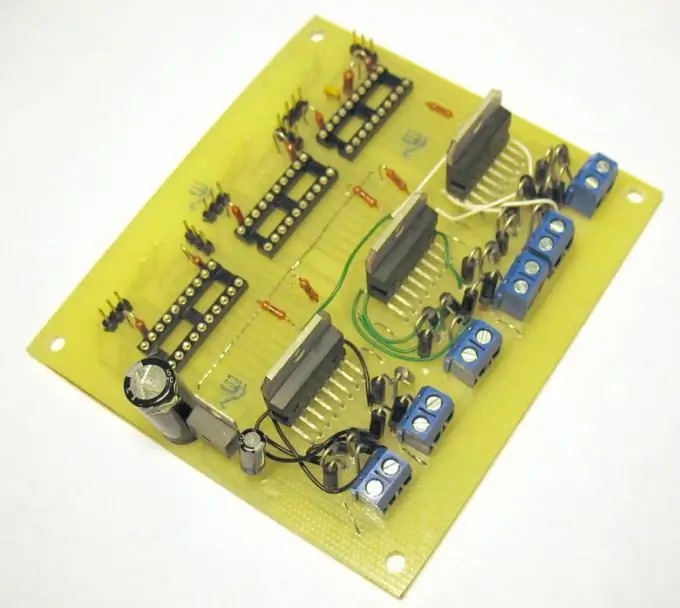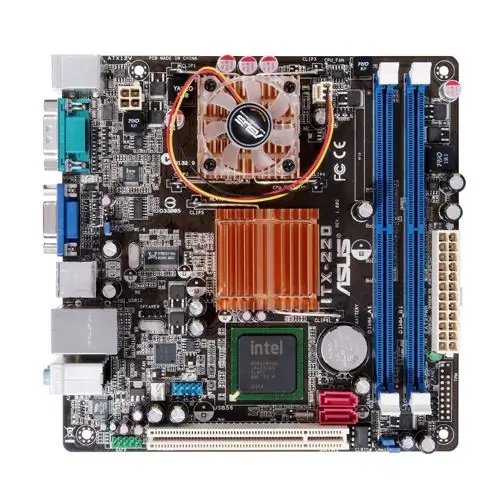You must have a working power supply and a working processor to carry out the check.

Instructions
Step 1
First you need to look for visible defects on the motherboard. Check all capacitors for swelling. Basically, they become the reason for the inoperability of the motherboard. If, upon examination, you find swollen capacitors, then you need to replace the board because it will not work stably already.
Step 2
Reset CMOC settings. The jumper is located next to the battery on the motherboard and is labeled CCMOS or CLR_CMOS. There are three contacts on it, where the first and second are closed in standard mode. To reset the settings, close the second and third contacts for a few seconds, then return the jumper to its previous position.

Step 3
Unplug the power supply. Disconnect all cables from the system board, leave only power. Also disconnect all devices from it. Remove the RAM and all cards from the slots. Only the processor should remain installed in it. Plug in the power supply. Start your computer. The speaker should emit a signal about a malfunction of the RAM. If a signal is emitted, then the motherboard is most likely working, but if there is no sound, then the board is inoperative and needs to be replaced.
Step 4
Unplug the power supply. Install the memory module in the first slot. Reconnect the unit to the network and start the computer in the same way as in the second paragraph. The speaker should beep about the video card error. If there is a signal, then the motherboard is operational.
Step 5
Install the graphics card. Connect your monitor and turn on your computer. If the speaker beeps and the BIOS splash appears on the screen, then the motherboard is in working order, and if this does not happen, then the video card is most likely faulty.






